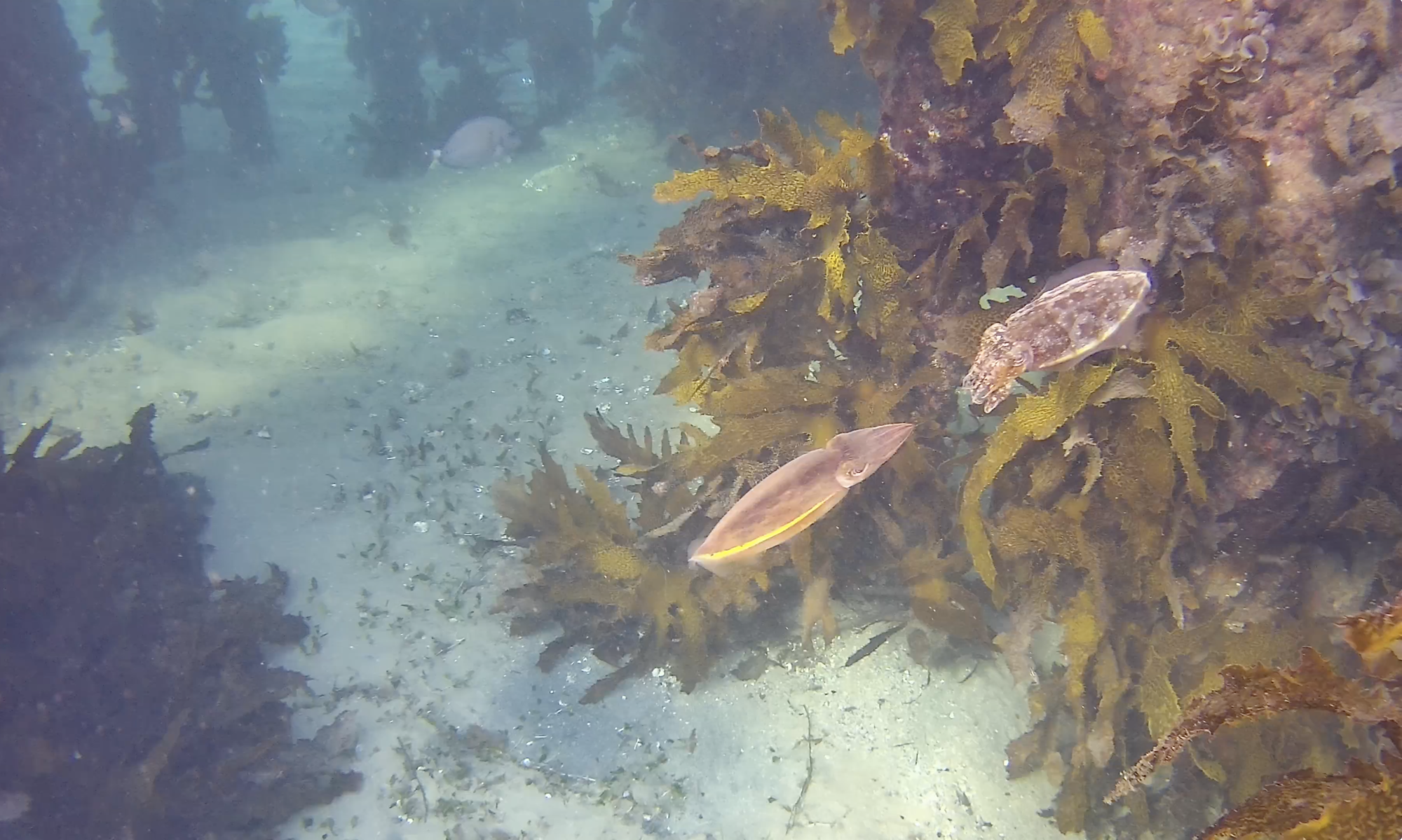More and more scientists are using underwater ROVs to observe marine habitats and collect samples for testing and DNA sequencing. The Okinawa Institute of Science and Technology (OIST) Marine Genomics Unit is only one such example, partnering with Japanese telecommunications company NTT Communications to identify a genera of mesophotic (“middle light”) corals.
Full article at: Science Daily 15feb24
Research paper at: Springer Nature 25nov24




